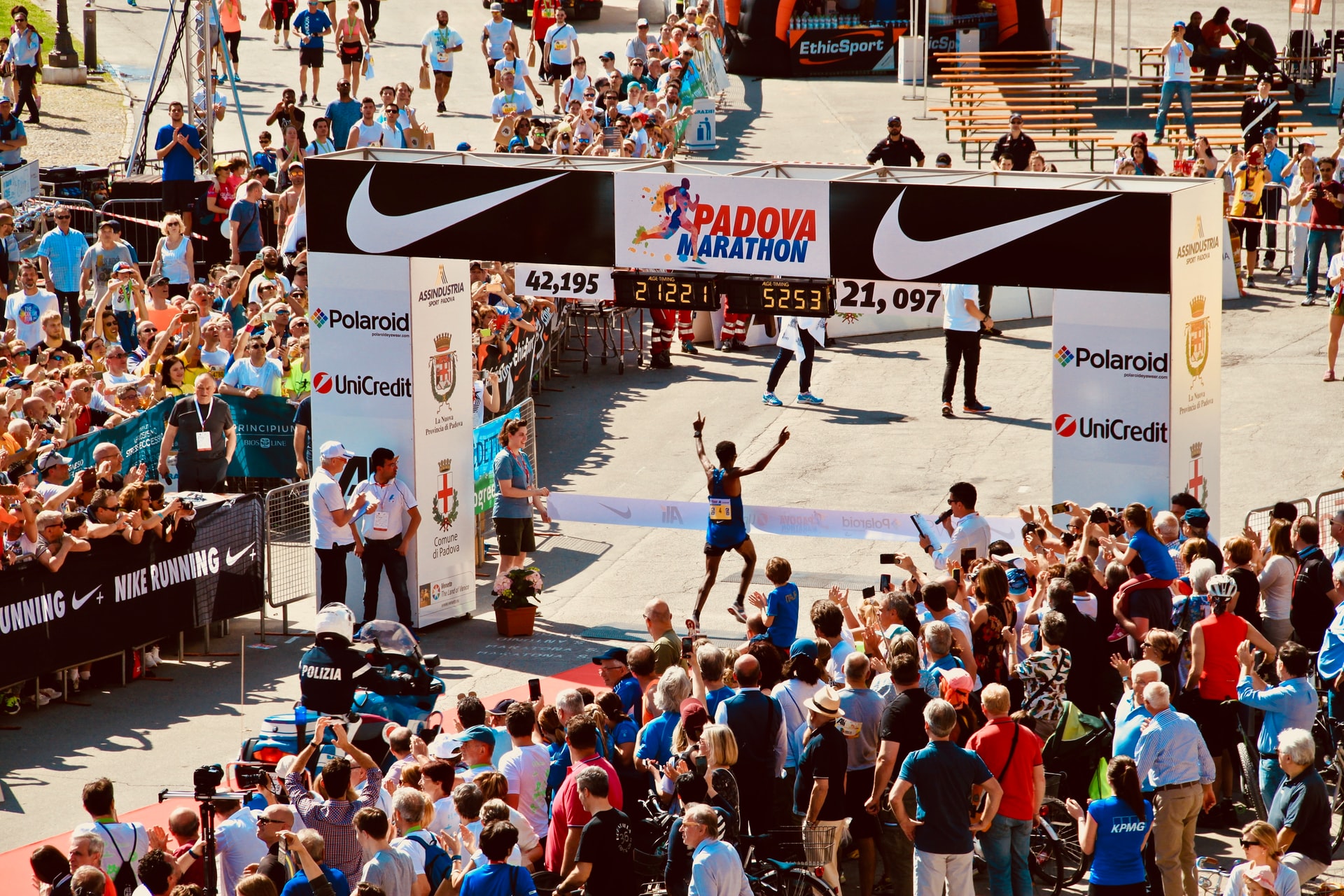People who love to exercise often wonder how long is a marathon. You probably spotted a few promotions about marathons that have various options for beginners and experienced runners. If you hope to join one, you simply have to follow an effective training regimen. Don’t let your hopes go down if the time it takes to finish a marathon sounds intimidating. Trust us when we say that going through that finish line gives out one of the best feelings in the world.
You don’t have to be an athlete or an experienced runner to join a marathon. Just stick to a plan and you’re all set. And, don’t lose your motivation if you can’t find a great training plan. We can help you come up with one after you learned the basics.
How Long is a Marathon Anyway?
Familiarize yourself with how long is a marathon before starting the training plan you want. The official length of a marathon stretches to a whopping 26.2 miles. Competitions like the Olympics began following the fixed length for a marathon during its establishment in the 20th century.
During the Ancient Olympics, contenders did not compete in long-distance foot races. However, the first modern Olympic Games in Athens, Greece included the marathon in its events. Organizers came up with the foot race to honor the memory of a hardworking ancient Greek messenger. He ran a distance of about 40 kilometers, or 25 miles, to deliver important news to Athens. After finally informing the Greeks of their victory against the Persians in 490 B.C., the messenger passed away from exhaustion.
Watching a whole marathon on television may bore you into changing the channel. Because an official covers a distance of 26.2 miles, the finishing time of all contenders lasts for about 2-8 hours. The total average of reaching the finishing line falls around 4-5 hours. You can learn how to plan your speed or pace as you read on.
5K in Miles Comes Out Shorter Than it Seems
Once you start running, joining a marathon usually holds a place in your to-do list. If you just started to develop a love for running, you can enhance your skills by joining the 5K run option in a marathon event. With this, you can further train yourself into accomplishing long-distance runs.
Signing up for a 5K run in a marathon means you’re willing to run for 3.1 miles. This distance matches with most beginners because it helps strengthen their stamina and strength. Aside from being the easiest distance to find, a 5k foot race aids in highlighting the results of one’s training regimen. The distance covers enough pace time to test out a runner’s agility too.
You usually find posters about your neighborhood foot races during the summer, spring, or fall seasons. Most local marathons only hold a 5K run event to attract people into joining. Being a part of one usually brings a sense of fulfillment because people organize set up these events to raise funds for a good cause. Because of this, you get to accomplish two great things by joining a local marathon near you. Win or lose, you helped a charity while training to be a better runner.
Now, when you start the 5K run, don’t be afraid of going head-to-head against experienced athletes. As a beginner, it takes time before you can reach the finish line with a fast time. One of the unspoken rules between runners in 5 km races includes reaching the end under 25 minutes. To accomplish that, you must learn to pace yourself around 8 minutes for every mile you cover.
Find Out the Value of 10K in Miles to Push Yourself
While searching for how long is a marathon, you probably noticed promotions of 10K runs. 10K in miles equals 6.2 miles, double of the 5K run we mentioned earlier. You can sign up for a 10K marathon once you reached your goal in the 5K option. However, you might be surprised to see a longer list of participants than before. The 6.2 miles long race gained popularity among both rookie and experienced runners. The distance challenges or enhances the skills you picked up while training.
Due to the world’s current state, you might find some virtual marathons held online. Instead of cheating your finish times, stay honest in tallying your pace to see what you need to improve for the next runs. Plus, adding about 30 seconds or more to your time can help you prepare for runs in different terrains.
